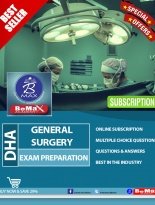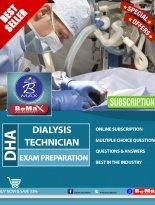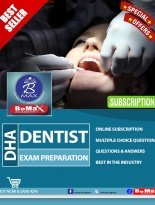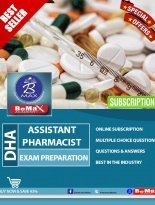
A computer-based test offers a host of benefits in every sector it is used, including education, government and corporate sector. It is also beneficial to all the parties involved such as the candidates, administrators, assessors, proctors, selectors and so on.
The corporate sector has been quite enthusiastic and forthcoming in embracing computer-based test as a means of selecting candidates for open job positions. It acts as a first level of screening when there are a huge number of applicants. The assessment also helps shortlist candidates with the right talent and skills eligible for a face-to-face interview.
A CBT test is delivered using computers and can also be delivered via the Internet on specific assessment platforms. It allows for location and time flexibility both to the candidates as well as examination bodies, thereby bringing down the cost, time, effort and expense involved in the examination process.
Advantages of Using Computer Based Tests
Let us take a closer look at the advantages of these tests:
Flexibility in test delivery: administration and distribution of a computer-based test can be managed to suit the unique testing needs of the examination board. It may be a one-day test distribution, any time test distribution or anything in between, depending upon the administrative approach and testing strategy.
Improved candidate reach: Delivered via the Internet or a specific computer, a CBT test online helps remove the geographical barriers and reach more candidates. Thus, the online test saves time, money and effort of the candidates as well as the examining authority.
Enriched results analysis: Unlike pen-and-paper testing that captures only the candidate’s responses, a computer-based test can gather plenty of valuable information. Data such as start and end time, break periods, time spent on each item, group, section and on the overall test, the sequence of questions answered and of course, the candidate responses are readily available. This information helps in arriving at a better judgement about the candidate.
Streamlined process: Paper-based testing involves a lot of preparation starting months prior to the exam date to ensure smooth conduct. Tasks such as securing facilities, hiring invigilators, designing and printing of the test papers and ensuring their security and storage to maintain the exam integrity keep the exam administrators on their toes before the exam. Once the exam is over, retrieval, scanning and marking of the test papers, analyzing, preparing and delivering the result occupy the entirety of the exam bodies. Many of these tasks can be automated and the processes improved to free up the administrators to concentrate on important tasks.
Quick delivery of results: The possibility of instant scoring, especially in the case of multiple-choice question-based exams, help the exam body prepare and deliver results quickly.
Test integrity: Remote proctoring and other security features make computer-based testing extremely secure allowing for the test integrity to be maintained.
Helpful for candidates with disability: Screen readers, magnification tools, text-to-voice and voice-to-text applications, Braille keyboards and other such tools help the differently-abled candidates to take up the tests more conveniently as compared to a pen-and-paper test.









